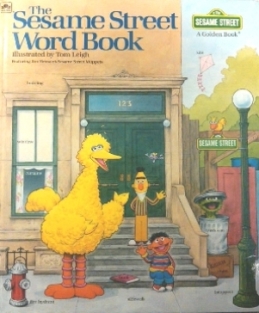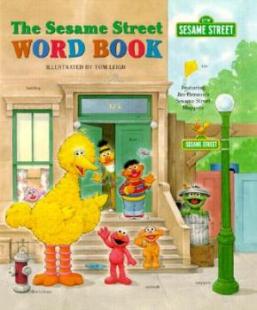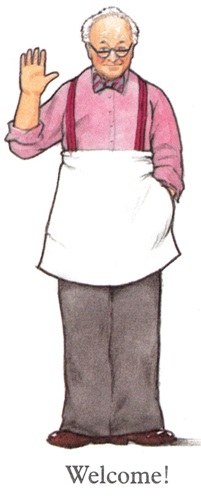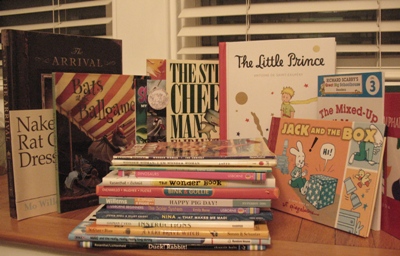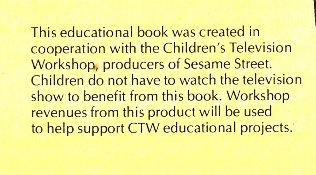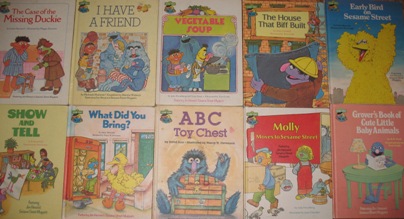There was considerable hubbub last year about the discovery of a “lost” Dr. Seuss book — What Pet Should I Get? – and, while I’m all for more of Theodor Geisel’s linguistic mayhem being unleased onto the world, lately, I’ve been dealing with a very different sort of Dr. Seuss discovery. Because, while a new Seuss kid’ book is undeniably exciting, not too long ago, I discovered that Dr. Seuss occasionally worked “blue” – that’s right. Dr. Seuss used to pen risqué cartoons for our grandparents’ generation. And if that either a). grosses you out or b). blows your mind… join the club.
My unexpected discovery came after a friend of mine showed me some books he found in his grandparents’ basement (they’d recently passed away). He wasn’t sure if they were valuable or not and wanted to get my opinion. Our focus immediately turned to one of the titles — The Bedroom Companion or A Cold Night’s Entertainment (1935, Farrar & Rinehart), a book with the over-the-top subtitle “Being a Cure for Man’s Neuroses, A Sop to His Frustrations, A Nightcap of Forbidden Ballads, Discerning Pictures, Scurrilous Essays in Fine, A Steaming Bracer for The Forgotten Male.”
I will admit – our first reaction to the book was “Oh my god, did we just find your grandfather’s ‘secret’ stash?” However, upon flipping through the pages, The Bedroom Companion turned out to be a much more interesting (and less salacious) book than we’d originally thought. It was a “War Edition” of the book (produced “in accordance with paper conversation orders of the War Production Board”), and it’s a collection of bawdy essays, cartoons, and songs for men. (There are even instructions at the beginning, loudly declaring “Women Must Not Read This Book!”) It’s basically Maxim for the Greatest Generation.
The material inside is a weird mix. Some of it is surprisingly literate (almost academic to a fault), and some of it is surprisingly gross and sexist. (There are songs inside that no man, particularly not anyone’s grandparent, should ever, ever sing.) But the thing that REALLY caught our attention in the table of contents was the name DR. SEUSS. Apparently, Geisel contributed two cartoons to the collection and, while his cartoons are probably the least racy cartoons in the whole book, they’re also WAY more adult than anything I’d ever seen from the author of The Cat in the Hat.
Here’s the first (and probably most suggestive) cartoon:
It’s… well… jeez… how do you talk about this cartoon without making a million bad Hop on Pop puns? For my part, beyond the vicarious thrill of watching one of my childhood idols tell a slightly dirty joke, I have to say that what really delights me is that, while this scene plays out, two unmistakably Seussian birds – that could’ve come right out of Horton Hears a Who — are sitting on that palm tree, watching the incident play out. [read the rest of the post…]
{ 2 comments }

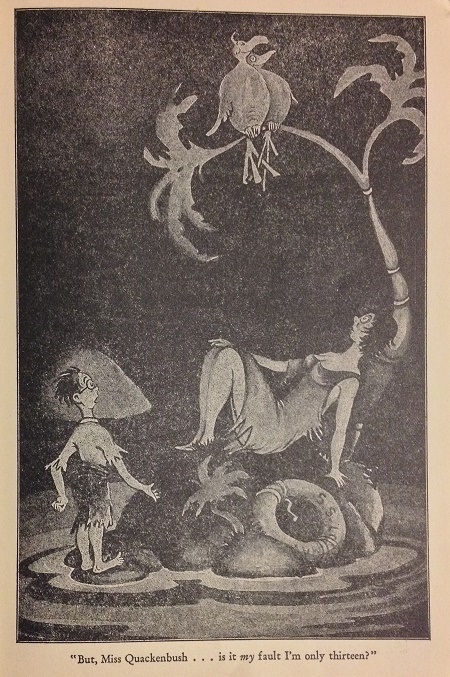
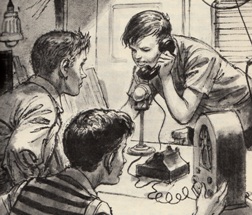
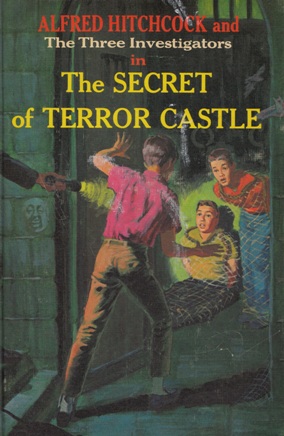
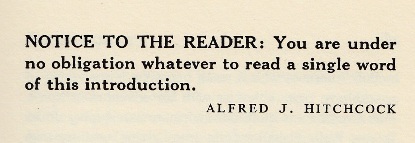
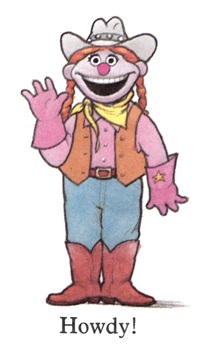 Question
Question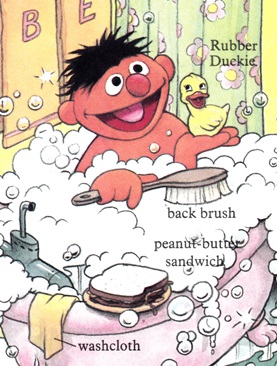 There is a recurring visual joke that runs throughout a lot of
There is a recurring visual joke that runs throughout a lot of 